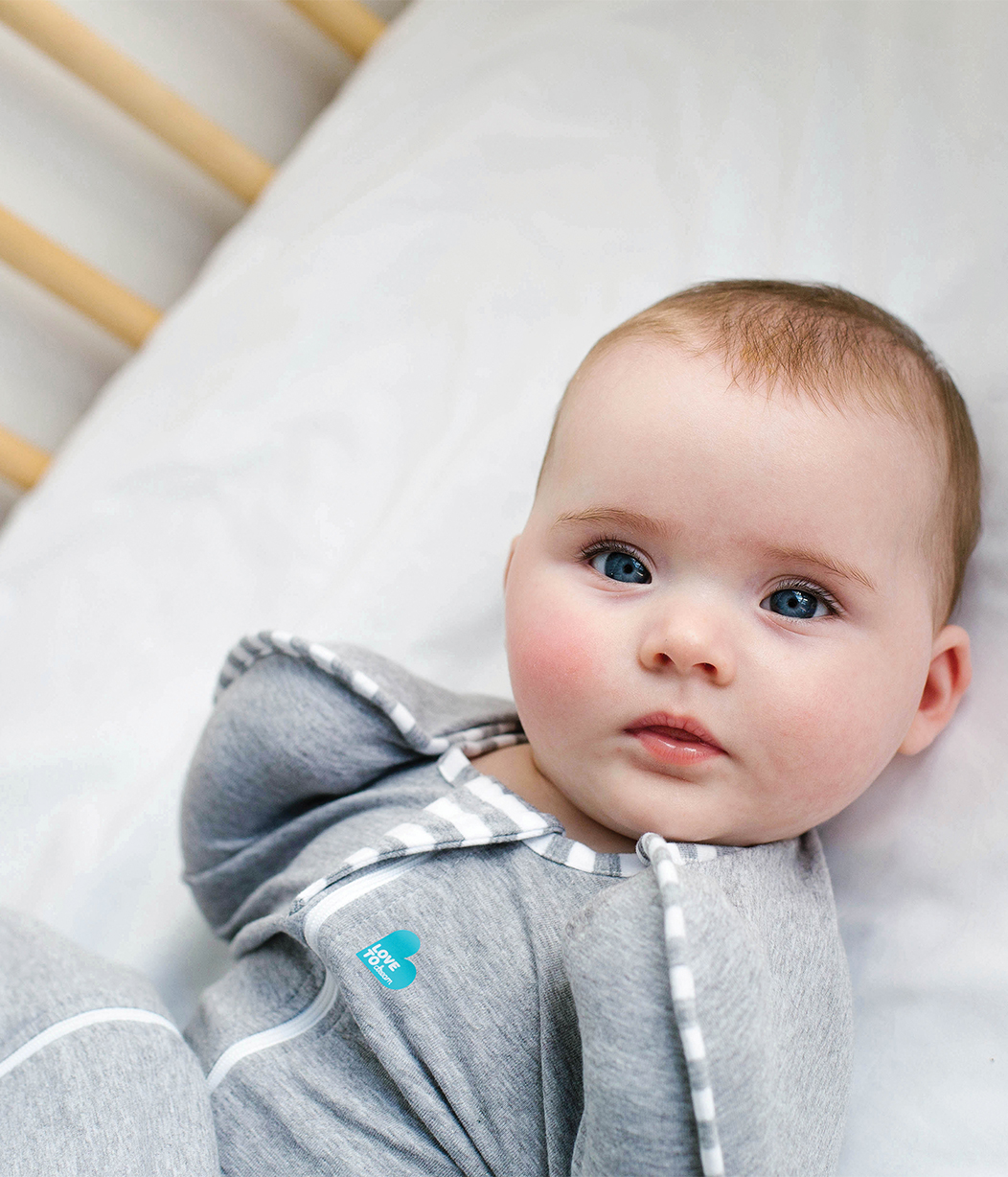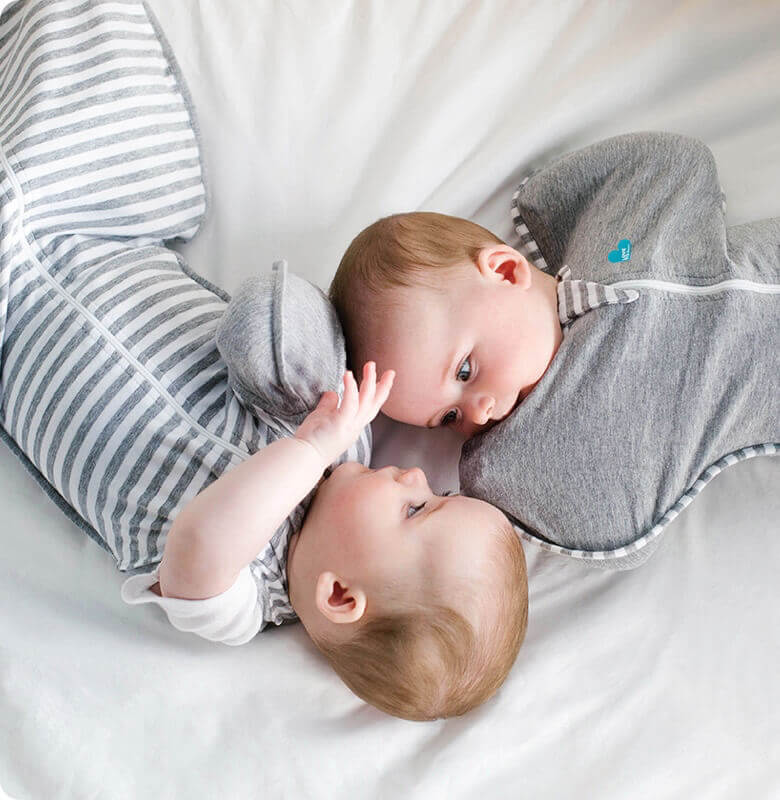Baby Sleep Safety – Essential Tips for Baby Safety Sleep Month
September is Baby Safety Sleep Month, a time dedicated to raising awareness about safe sleep practices for infants. Since babies spend much of their early days asleep, ensuring they rest in a safe environment is crucial to reducing the risk of Sudden Infant Death Syndrome (SIDS) and other sleep-related injuries. We believe every parent should be empowered with knowledge to create the safest possible sleep space for their baby.
Here are some key tips to follow for safe baby sleep:
1. Put Your Baby to Sleep on Their Back
Always place your baby on their back for naps and bedtime. This is one of the most effective ways to reduce the risk of SIDS. Sleeping on their back ensures that their airway remains open. Avoid using sleep positioners or any items that could restrict their movement or breathing.
2. Use a Firm Mattress
Your baby’s crib should have a firm mattress covered with a snug-fitting sheet. Soft surfaces like pillows, memory foam, or couches can pose a suffocation risk. A firm, flat surface supports proper development and helps create a safe sleep environment.
3. Keep the Crib Bare
Remove any loose bedding, blankets, pillows, bumper pads, and stuffed animals from the crib. These items can increase the risk of suffocation or entrapment. Instead, dress your baby in appropriate sleepwear like swaddles or sleep sacks, which provide warmth without the need for loose blankets.
4. Room Share, Don’t Bed Share
The American Academy of Pediatrics recommends sharing a room with your baby for the first 6 to 12 months, but not the same bed. Keeping your baby’s crib or bassinet in your room allows for easy monitoring while reducing the risk of suffocation, falls, or entrapment that can occur with bed-sharing.
5. Swaddle Safely
Swaddling can soothe babies and promote longer, more restful sleep, but it must be done safely. Ensure the swaddle is snug around your baby’s chest but loose around the hips to prevent hip dysplasia. Once your baby shows signs of rolling, transition out of swaddling to prevent accidents, and opt for safe options like the Love To Dream™ Transition Swaddle, which allows for arms-free movement.
6. Maintain a Comfortable Room Temperature
Keep your baby’s room cool to avoid overheating, which is a known risk factor for SIDS. The ideal room temperature should be between 68-72°F (20-22°C). Dress your baby in light layers, using one more layer than you would wear. Over-bundling or a warm environment can increase the risk of overheating.
7. Offer a Pacifier
Using a pacifier at nap time and bedtime may reduce the risk of SIDS. If your baby uses a pacifier, there’s no need to put it back in their mouth if it falls out while they’re asleep. Let them sleep undisturbed.
8. Avoid Smoke Exposure
A smoke-free environment is crucial for your baby’s safety. Exposure to secondhand smoke, both during pregnancy and after birth, significantly increases the risk of SIDS. Make sure that your baby’s sleep area and your home are completely smoke-free.
9. Supervised Tummy Time
While it’s important to place your baby on their back for sleep, supervised tummy time during the day is essential for strengthening their muscles and helping to prevent flat spots on their head. Always stay with your baby while they are on their tummy to ensure they are safe.
10. Use Safe Sleep Products
Ensure that any products you use for sleep, such as cribs, bassinets, or portable cribs, meet current safety standards. Avoid inclined sleepers, crib bumpers, and other products that are not recommended by pediatric experts. Flat, firm sleep surfaces are always the safest choice.
As we observe Baby Safety Sleep Month this September, let’s prioritize creating the safest sleep environment possible for our little ones. By following these essential tips, you’ll be taking important steps to ensure your baby sleeps safely and soundly. Remember, safe sleep is peaceful sleep, and your baby’s safety is our top priority at Love To Dream™.



















